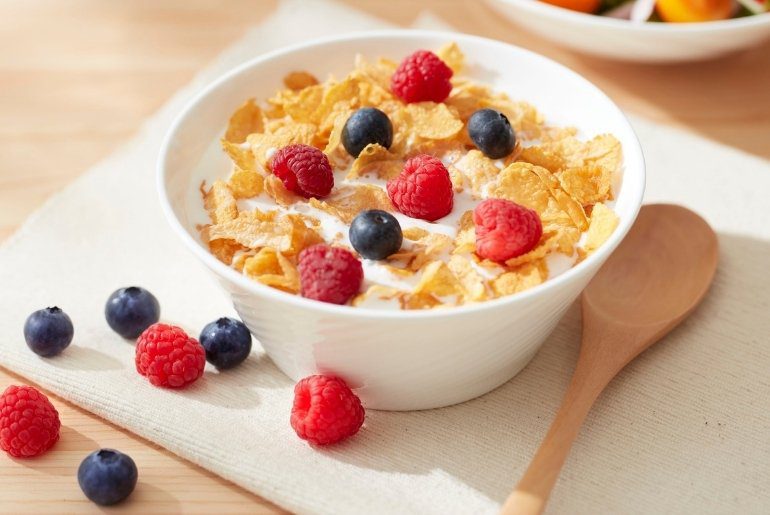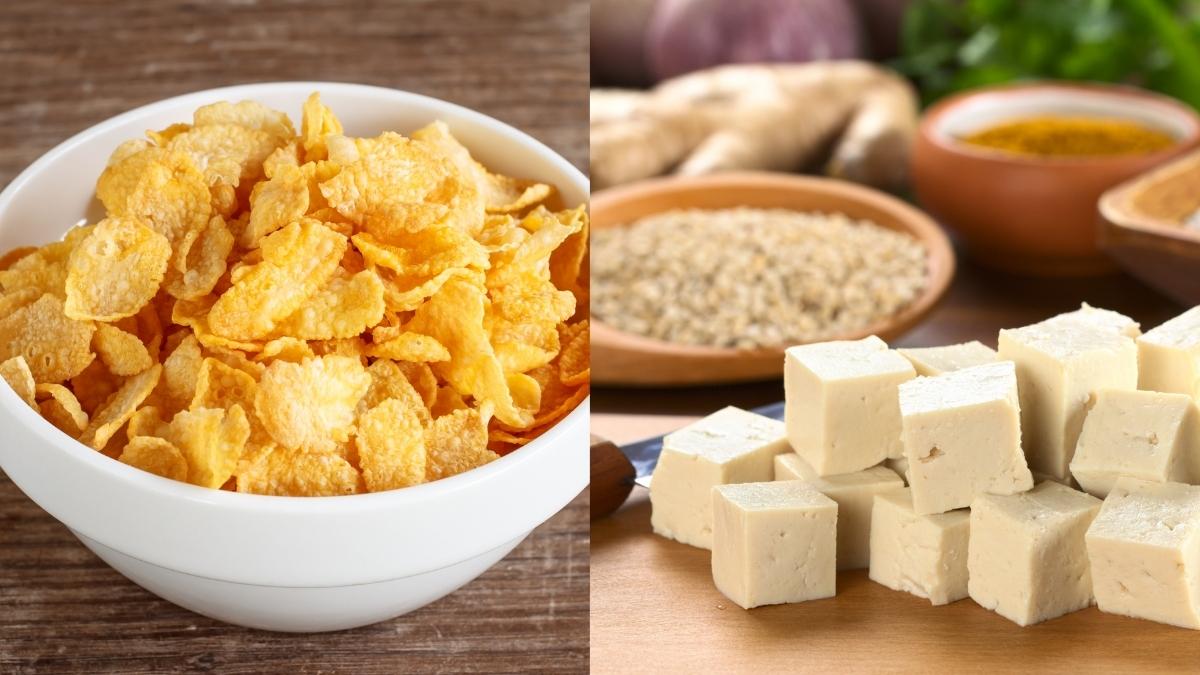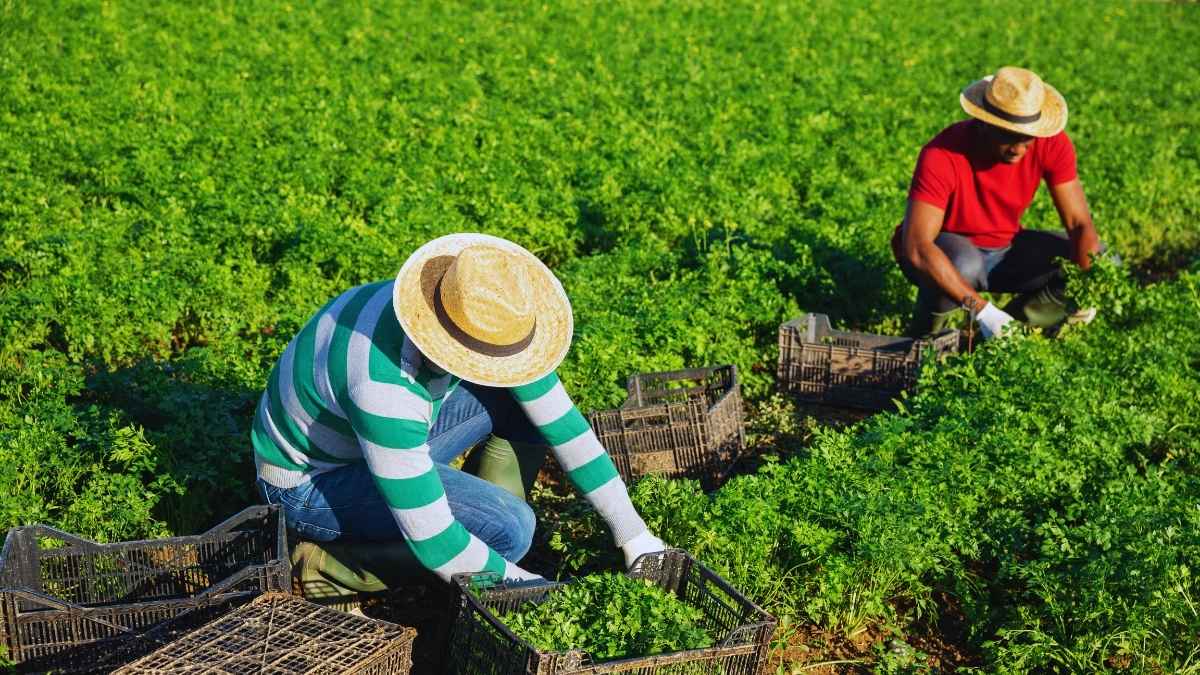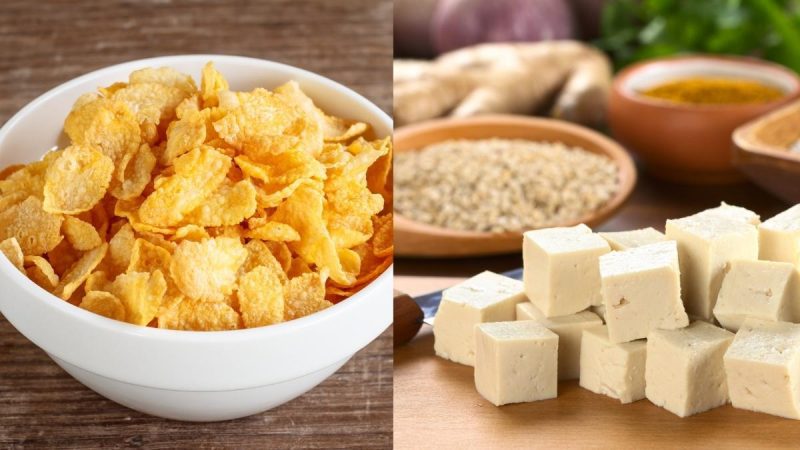The next time you reach for a box of corn flakes or stir-fry tofu, consider this: climate change may be slowly edging them off your plate. A sweeping new study from the University of British Columbia, published in Science Advances, warns that the world’s most crucial crops, including corn, soybeans, and sorghum, are becoming increasingly unpredictable as the planet heats up.
How Rising Temperatures Could Impact Corn Flakes And Tofu

According to India Today, this research is the first to zoom in on how much these crops swing from year to year. Instead of just measuring long-term declines, it shows the growing instability hidden in the numbers. It reflects a volatility that threatens not just farmers’ harvests but dinner tables around the globe.
The math is stark. Push global temperatures up by just one degree Celsius, and annual yield variability rises: corn by 7%, soybeans by a striking 19%, and sorghum by 10%. These are the foundations of breakfast cereals, cooking oils, tofu, and animal feed. Volatile harvests mean shaky food prices, and for many communities, that instability translates into empty plates.
The projections are sobering. With 2°C of warming, once-in-a-century crop failures will start arriving far more often. Soybean wipeouts, currently expected once in 100 years, could strike every 25. Corn and sorghum will also see sharp jumps in disastrous years. If emissions keep climbing unchecked, soybeans could face catastrophic losses every eight years before the century ends.
What This Means For Global Food Security
That level of disruption doesn’t respect borders. Regions most at risk, including Sub-Saharan Africa, Central America, and South Asia, rely heavily on rain-fed farming and have fragile safety nets. But the global north isn’t invincible. In 2012, a U.S. Midwest drought slashed corn and soybean yields by 20%, racking up billions in losses and sending world food prices soaring nearly 10% in just a few months, as stated by India Today.
At the heart of the problem is a vicious cycle: heat bakes the soil dry, parched soil amplifies heatwaves, and the two together choke crops right at their most vulnerable stages. Pollination falters, growing seasons shrink, and entire harvests collapse. Sometimes it takes only a few brutal days to undo a year’s work.
Also Read: Homemade Tofu: How To Make Tofu At Home From ANY Legume In 7 Easy Steps
The study’s message is clear: climate change isn’t a distant threat; it’s already reshaping global agriculture. And it’s not just farmers who will feel the impact. From corn flakes in the morning to tofu on the dinner table, the everyday foods people take for granted are now caught in the crosshairs of a warming planet.
Cover Image Courtesy: tomophafan/CanvaPro and ildipapp/CanvaPro
For more such snackable content, interesting discoveries and the latest updates on food, travel and experiences in your city, download the Curly Tales App. Download HERE. First Published: September 09, 2025 7:21 PM




